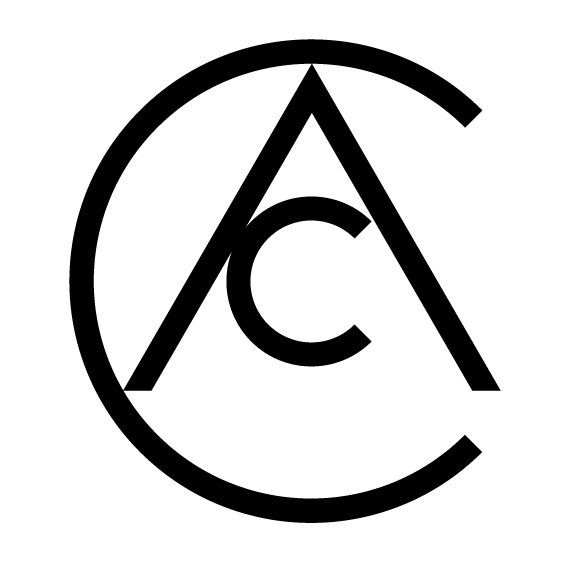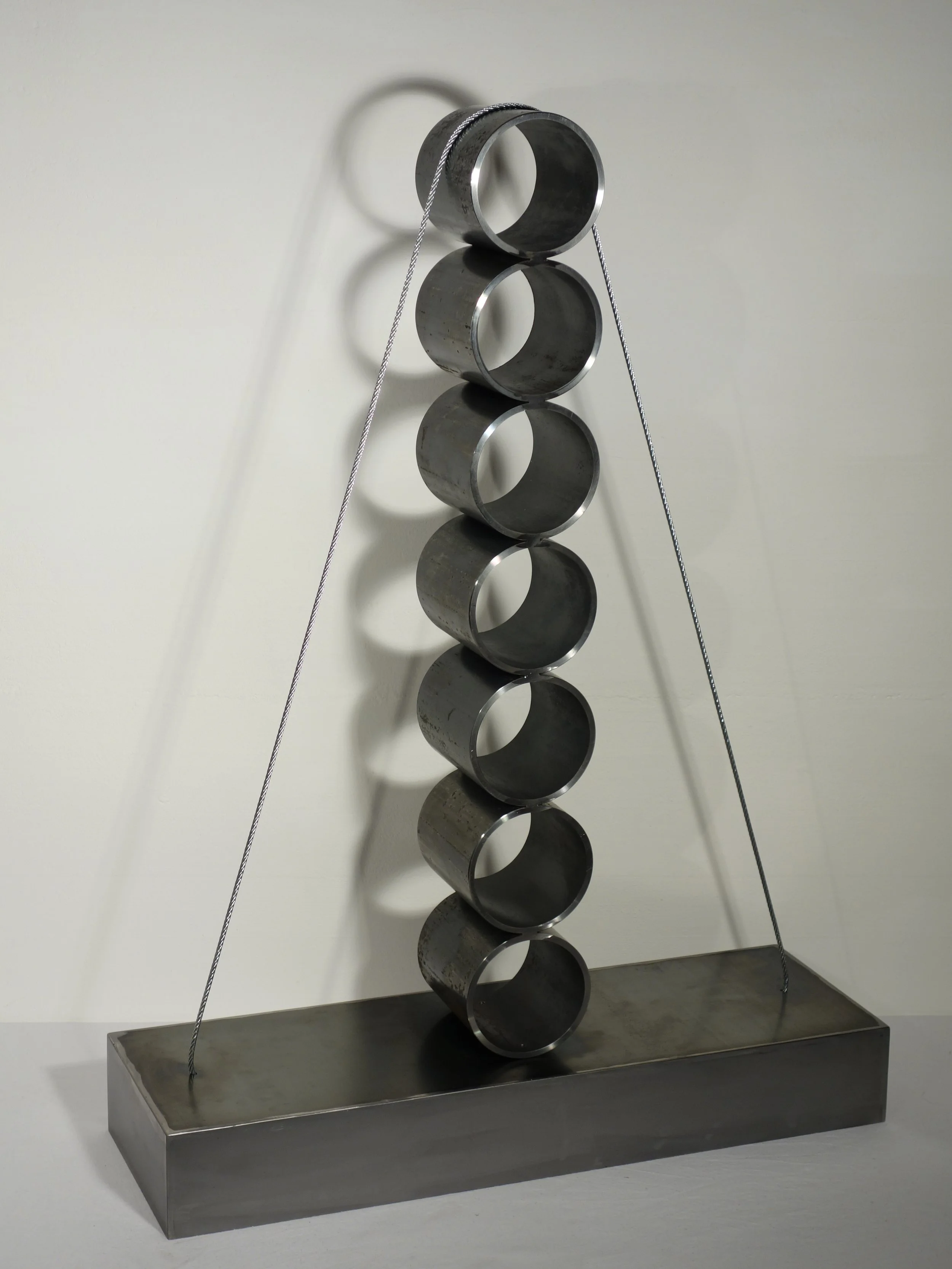Interview with Elena Pope
Elena is a Canadian visual artist, who had a life-long art immersion. Her art education included courses at the Art Gallery of Ontario (courses in color theory, beauty, wonder, abstract painting, etc), online immersive workshops and courses in creative visionary programs and abstract painting. In 2024 she was one of the finalists of the contest for the World Wide Art and featured in their annual magazine.
For the past 5 years she had solo and group exhibits at various galleries in Toronto.
She is a member of Society of Canadian Artists, Women Art Association of Canada, Toronto West Art Collective and Art Tribe.
Painting has always been a joyful and fulfilling part of my life that evolved into a powerful conduit for emotional exploration and expression. This feeling-driven inspiration and connection to nature is where my authentic voice resides and lends each piece both intimacy and universality.
Painting is an organic process. I surrender to intuition in the initial strokes, and from there, layer by layer, the painting unfolds into a narrative that demands to be expressed, each painting reflecting a deep personal story.
I am drawn to the versatility and vibrancy of acrylics as my primary medium. To infuse more depth and meaning into my pieces, I often incorporate charcoal, markers, textiles, paper, and oil sticks. Each medium is chosen deliberately to accentuate the complex dialogue within the artwork and allows me to weave rich and textured stories that speak to both personal and shared human experiences. Through art, I aim to process, connect, communicate, and celebrate the multifaceted beauty of life.
Elena, your process involves responding to layers until a painting evolves into the story it "needs to tell." Do you find that these stories are predetermined, or do they emerge from the unconscious as you work? How do you reconcile your personal narrative with the viewer's subjective interpretation?
I would describe myself as an impressionist/expressionist painter. In this dual track, the beginning of a painting or a series of paintings is the same. The first layers tend to be playful, reflective of the current emotional state. For the expressionist paintings, as I progress, I tend to respond to what I see, trying to remove my “thinking” brain, and maintain the freedom to reach deeper into my subconscious. At some point into the process the story unfolds, and I turn on the “critic”, checking to see if the design and colors are telling a cohesive story that engages viewers. My expressionistic paintings feel the most vulnerable, as they expose things that come from deep within. For the impressionist paintings, while the layering process is similar, there is a theme that dictates the color choices and/or the media.
The use of mixed media like textiles and oil sticks adds depth and texture to your paintings. Are these materials purely aesthetic choices, or do they hold symbolic or thematic significance in how you explore and express emotions?
The choices of media hold both an aesthetic and symbolic/thematic significance. For example, in a recent series on my impressions of Japan, I started the series using paper collages made of paper receipts, scrolls, museum or temples’ pamphlets I collected while travelling there. As I built the layers, most of the papers were covered, but some of the symbols, words and colors made it through, peeking through the final layers. Similarly, on a recent homage to women artisans from the beginning of 20th century, I incorporated lace made by my grandmother into the paintings, along with silks and leather.
Your art oscillates between "troubled and messy" and "light and bubbly." Do you think this duality reflects a broader commentary on the human condition, and if so, how do you balance these contrasting energies within a single body of work or series?
At any given time, we experience a range of emotions. I believe that these are intrinsic to human condition. Both expressions often coexist, even though, one clamors for more attention at any given time. For example, while the intention to paint darkness dictates the color scheme and the type of mark making, the final stages tend to bring lighter elements, by covering some of the dark areas or using lighter color accents. This may reflect a subtle change in the balance of the negative and positive emotions due to changing perspectives, or the difficulty with holding onto negativity for a long period of time.
Given that your work often reflects the beauty of everyday moments, how does your sense of time—whether fleeting or enduring—manifest in your compositions? Are there recurring themes of impermanence or timelessness that you consciously or subconsciously embed?
Whether celebrating seasons, the art of the past inspiring the present or the “seasons” of my emotions, time is a persistent undercurrent through my paintings. Time passing is also subconsciously seeping through my compositions as the constantly changing emotional landscape.
Abstract art, by nature, lacks explicit visual anchors. How do you intentionally craft a sense of universality in your work while still embedding personal meaning that may remain hidden to others?
While it is true that my interpretation of the inner and outer environment is very personal and, in many ways, unique to me, the way we all resonate to colors, shapes, organization or chaos are truly universal. I strive to engage viewers in a dialog, to challenge them to access parts of themselves that are light or difficult, enriching temporarily their human experience.
You’ve described art-making as selfish and art-sharing as universal. How do you navigate this tension between creating for yourself versus creating for an audience? Do you ever adjust your process to anticipate the emotional or intellectual engagement of the viewer?
While I care that people engage with my art, I find that my most authentic paintings are the ones where I don’t anticipate the reaction of the viewer. Over the years, I had paintings that I believed were not going to be “liked” and these were the ones first sold. So, I learned to trust that if art is authentic it will resonate with some people.
Your work processes complex emotions. How do you map intangible feelings onto a physical medium? Do you use recurring colors, textures, or patterns to express specific emotional states or narratives?
Colors are the most noticeable and relatable tools for conveying emotions. Contrasts of color and shapes demand to be seen in pieces where the message needs to be bold and clear. For more subtle messages, I choose muted shades, less contrast and a more limited palette. The size of the canvas also influences the message; the large canvases allow more room and freedom of expression of powerful emotions. I find that my entire body is engaged on large canvases and the mark making is bolder and freer. Mark making is very important for my process. Circular, windy, thin marks convey tranquility, while thick, bold, jagged lines are more indicative of emotional distress.
You allow your right brain to lead at the start of a painting. How do you balance this initial intuition with the left brain’s more analytical role in refining and structuring the final layers of the piece?
This is ongoing battle. I try to resist as long as possible the “critic”, the lessons from years of art instruction, especially in the beginning phases. Some paintings are easier than others. I find that some are overworked and lose their spontaneity or become even ruined by the quest for perfection. The best is when the left side of my brain is kept quiet until the final layers.
You’ve said the pandemic was a turning point for sharing your art. Was this shift in openness fueled by personal growth, societal need, or both? How has this new mindset affected your subject matter or technique post-pandemic?
The pandemic had a huge influence on my art. I changed my style completely. I needed art to allow me to process some very powerful emotions and representational art was no longer sufficient. As a physician I was constantly reminded of life’s impermanence, both mine and people’s around me. But it also forced me to pay more attention and to seek beauty around me, whether it was in the environment or human nature. Another shift was the need to share my art. I needed to pay forward the inspiration that I found by seeing others’ art. My first exhibit during the pandemic in 2022 was truly an eye opening- people were hungry for connection and there was so much enthusiasm to be engaged in a shared experience.
Abstract art, while universal, often intersects with contemporary trends in aesthetics or interpretation. How do you ensure your work remains both timeless and relevant without succumbing to fleeting artistic fads or market expectations?
For me, the most important intention is the stay true to myself. While my style and subject matter may evolve, as long as they remain truly authentic, I believe it will resonate with others. Today, this is even more important, as AI can produce the latest artistic “masterpiece”. I subscribe to Cezanne’s words “A work of art that is not based on feeling, isn’t art at all”.


















